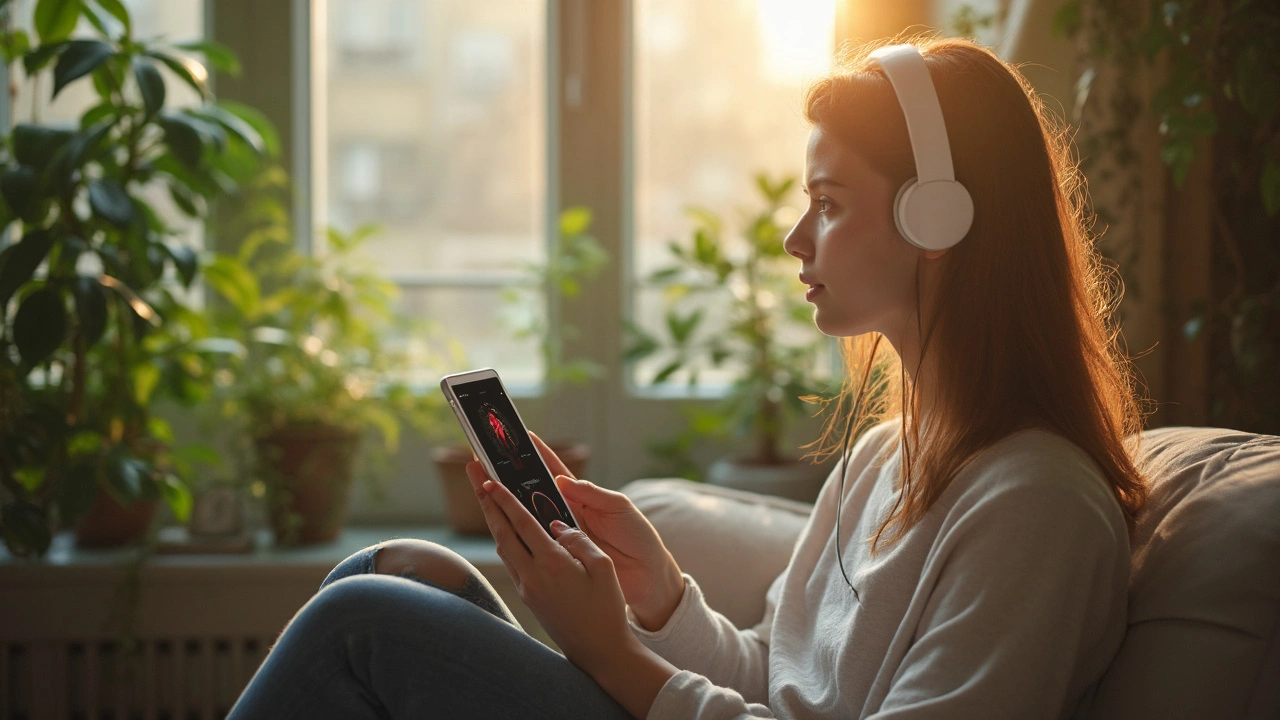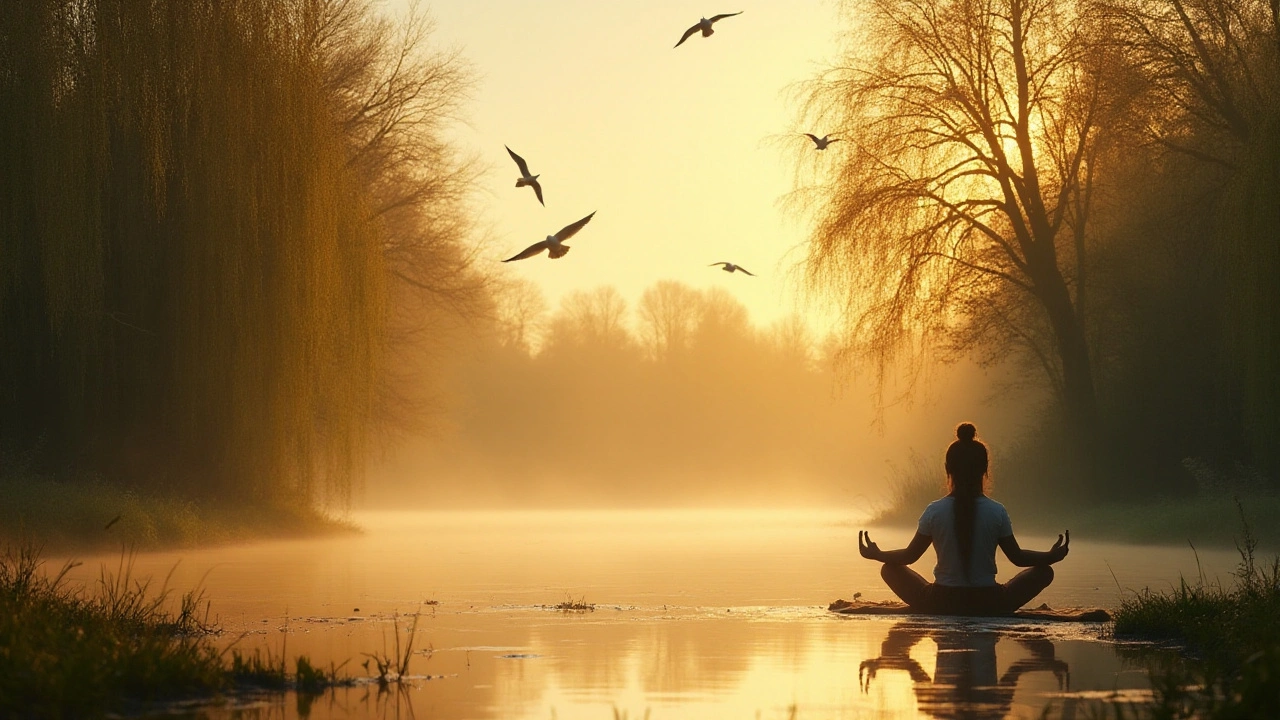Ever felt like you are reacting more than choosing? Self awareness flips that script. It helps you spot triggers, pick better responses, and build clearer goals. You do not need therapy or long retreats. Small daily moves make a big difference.
Start by noticing, not fixing. Pause for a minute when something feels off. Ask: "What am I feeling? Where do I feel it in my body? What thought just ran through my head?" Answering these three quick questions trains your mind to notice patterns instead of getting swept up in them.
Keep a simple log. Jot one line each evening: what happened, how you reacted, and one change you would try tomorrow. Over a week you will see repeats the same trigger, the same story. That is gold. Patterns are where self awareness starts turning into useful change.
Try a sixty second check in three times daily. Breathe slowly for five breaths and name one emotion out loud. Labeling feelings such as frustrated, tired, or curious reduces intensity and gives you a choice. Another trick: when a strong reaction shows up, zoom out mentally and describe the scene like a neutral narrator. That creates distance and slows impulsive moves.
Use cause and effect prompts. After a reaction ask, "What led up to this? What did I do next?" This turns vague guilt into specific steps you can test. If you notice you are harsher when rushed, try micro pauses before answering emails or speaking in meetings.
Self awareness is not just inner work; it changes how you connect. When you admit "I am stressed" instead of snapping, conversations stay calmer. Try sharing one short observation in tense moments: "I notice I am anxious right now." That simple line lowers defenses and opens real dialogue.
For focus, map your energy. Track when you are sharpest and schedule demanding tasks then. If you catch negative self talk, write a quick counter sentence: "This is hard, not impossible." These small swaps shift habits faster than big promises.
Make a two week plan: pick one check in habit, keep the nightly log, and set one behavior to test pause before replying, switch morning tasks. Review after two weeks—what changed, what surprised you, what felt easy? Use that evidence to adjust the next two weeks.
Self awareness grows by tiny, repeatable actions. It does not require perfect consistency, only honest notes and small experiments. Do that, and you will start choosing your reactions, improving focus, and having clearer conversations without overthinking the whole process.
Want a quick starter you can try now? Set a phone reminder three times today to stop, breathe, and name one feeling. Write one sentence about what caused it and one tiny action to try. Repeat this for five days. By day six you will notice small shifts in mood, choices, and calm. Keep going; small steps add up fast.

Ever wondered how to become truly aware of your body and calm your mind on command? This article walks you through how biofeedback works and why it’s such a game-changer for mindfulness. You’ll learn what happens inside your body when you’re stressed or relaxed, plus how to harness simple gadgets to tune into those signals. We’ll share practical ways to use biofeedback tools in everyday life, whether you want less anxiety, better focus, or simply a break from racing thoughts. There are real stories, clear tips, and zero fluff.
Read More
Calmness serves as a vital precursor to mindfulness and self-awareness, allowing individuals to connect deeply with their inner selves. This article explores how achieving calmness can open up avenues for greater insights into one's thoughts and feelings, enhancing quality of life. Learn practical tips and discover intriguing facts about the intersections of calmness, mindfulness, and self-awareness. Explore how cultivating peace of mind can lead to more meaningful self-reflection. Embark on a journey toward a more centered, mindful existence.
Read More